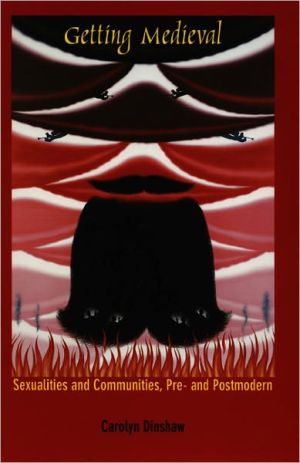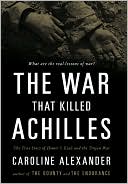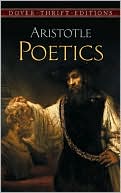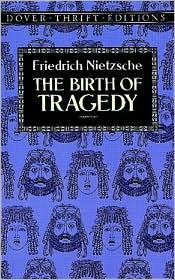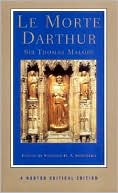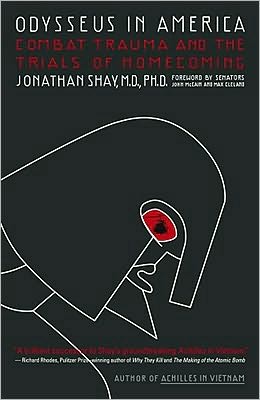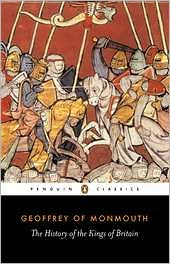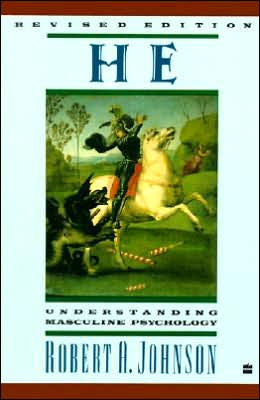Getting Medieval: Sexualities and Communities, Pre- and Postmodern
In Getting Medieval Carolyn Dinshaw examines communities—dissident and orthodox—in late-fourteenth and early-fifteenth-century England to create a new sense of queer history. Reaching beyond both medieval and queer studies, Dinshaw demonstrates in this challenging work how intellectual inquiry into pre-modern societies can contribute invaluably to current issues in cultural studies. In the process, she makes important connections between past and present cultures that until now have not been...
Search in google:
How medieval texts represent and reproduce normative heterosexual identities.
AcknowledgmentsIntroduction: Touching on the Past1Ch. 1It Takes One to Know One: Lollards, Sodomites, and Their Accusers55Ch. 2Good Vibrations: John/Eleanor, Dame Alys, the Pardoner, and Foucault100Ch. 3Margery Kempe Answers Back143Coda: Getting Medieval: Pulp Fiction, Foucault, and the Use of the Past183Notes207Bibliography305Index337
\ From the Publisher“Getting Medieval is an examination of how fourteenth- and fifteenth-century England has influenced Western sensibilities and sexualities today. Chaucer, Pulp Fiction, and historical documents have, not surprisingly, small degrees of separation between them, and this exhaustively researched and detailed book discusses every line which can be drawn between each.” - Lambda Book Report\ “[B]reathtaking. . . . Getting Medieval is clearly not your average book of medieval literary or cultural criticism, and it’s not intended only for specialists in those fields. . . [It] is a startling attempt to use aspects of medieval life and thought to make sense of the world we inhabit today and, conversely, to explore new meanings in what we know (or think we know) about life in the Middle Ages. . . . The power of Getting Medieval comes from Dinshaw’s ability—conveyed in engaging, witty, persuasive prose—to shock us into questioning the present day’s notions about the past.” - Michael Bronski, The Gay and Lesbian Review\ “Getting Medieval is not just for medievalists. . . . Dinshaw’s very personal, highly specific and precisely targeted vision should stimulate consideration of the meanings assigned and assignable to the medieval in the postmodern world.” - Wendy Scase, Times Higher Education Supplement\ “[A] tour de force in its yoking together of disparate subjects, its imaginative use of small examples to support grand hypotheses, and its exposition of current prejudices. It is a queer patchwork of past and present, marked by numerous subjeadings and a swift movement between a relatively small number of medieval instances, a selection of theoretical works, and personal discussion. It is an intelligent, consciously perverse book – one that would be difficult to imitate successfully and perhaps requires or hopes to create a consciously perverse reader.” - Corinne Saunders, Medium Aevum\ "Getting Medieval virtually overflows with information and ideas. . . . [Dinshaw] skillfully interweaves dozens of texts. . . . She provides rich social and historical contextualization. . . . Dinshaw makes an impassioned, well-buttressed argument for the importance of locating sexual nonconformists hidden within historical interstices." - Kathy Sisson, Sexuality and Culture\ “A wonderful book. The things addressed are so heterogeneous—their sheer distance from one another is a kind of elegance.”—Robert Glück, San Francisco State University\ “Carolyn Dinshaw is preeminent for the subtlety with which she discloses gendered turmoil in historically situated texts. I can hardly wait to have Getting Medieval on my own shelf, to have its adventurous deployments of ‘the touch of the queer’ available for frequent consultation.”—Paul Strohm, University of Oxford\ “This book has a beautiful range, both among premodern English discourses and in postmodern theory, and Dinshaw really and truly does make these different textualities touch.”—Louise O. Fradenburg, University of California, Santa Barbara\ \ \
